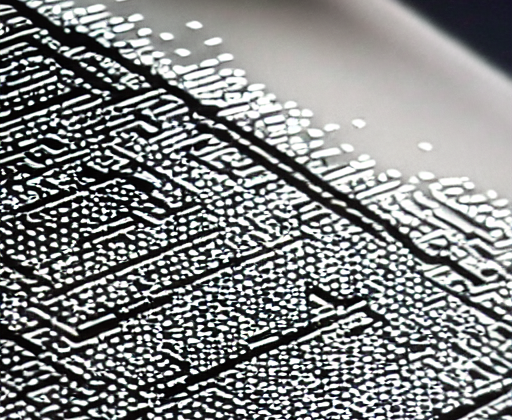Sending lots of emails? Opt for a Dedicated IP Address and let the fun begin! Imagine having a personalized IP address solely dedicated to your email activities – it’s like having a VIP pass to email greatness!
But the excitement doesn’t stop there – it’s time to step up your email game! Make monitoring the reputation of your IP address a priority. Why? Well, maintaining a positive sender score is like collecting high scores in a video game – it shows the world that you’re an email pro!
Ah, reverse DNS – the cool feature that connects your IP address to your domain. It’s like the ultimate collaboration between two best friends. Set up a reverse DNS (rDNS) record, and watch the magic unfold as your IP address and domain become perfect partners in crime.
Picture this: you’re a superhero with a dedicated IP address, a stellar sender score, and a reverse DNS record – nothing can stop you! Every email you send will burst with energy, as if a confetti cannon went off. Friends, colleagues, and customers will eagerly await your emails, knowing that each one is a burst of excitement.
So, go ahead and embrace the joy of having a dedicated IP address for your email delivery. Watch as your sender reputation skyrockets, and your emails become the life of the inbox party. With a Reverse DNS record in place, you’ll radiate confidence and charm, making your IP address and domain the talk of the town.
Emails will never be the same again. They won’t just be a means of communication; they’ll be an experience. So, join the fun, grab that Dedicated IP Address, monitor your reputation, and set up Reverse DNS. Prepare to unleash a whirlwind of upbeat and fun emails that will leave everyone wanting more – because, after all, life is too short for dull emails, right?
What are the steps involved in implementing SPF, DKIM, and DMARC for a domain to ensure secure email sending and handling?
I told my computer that I wanted to implement SPF, DKIM, and DMARC, and it replied, ‘Sure, I’ll put on my sunblock, sign my emails with a fancy signature, and send those impostors straight to spam beach!
In today’s digital landscape, protecting email domains from malicious activities and maintaining a high level of email deliverability is of paramount importance. To achieve these goals, organizations are urged to implement effective email authentication protocols such as SPF, DKIM, and DMARC.
Sender Policy Framework (SPF) is an essential component in email authentication that aims to combat domain spoofing and unauthorized use of a domain name for sending emails. By setting up SPF, domain owners can authorize specific sending servers to send emails on their behalf. This is achieved by publishing SPF records in a domain’s DNS settings, which lists the IP addresses or hostnames of authorized mail servers.
DomainKeys Identified Mail (DKIM) is another crucial email authentication protocol that enhances the security and reliability of transmitted emails. DKIM involves adding a digital signature to outgoing emails, thereby ensuring the integrity of the email content and verifying the authenticity of the sending domain. This is accomplished by generating a pair of cryptographic keys: a private key, held by the sending server, and a corresponding public key, published in the sending domain’s DNS records.
To properly enforce email authentication and provide feedback to both senders and receivers, Domain-based Message Authentication, Reporting, and Conformance (DMARC) should be enabled. DMARC builds upon SPF and DKIM by allowing domain owners to specify how email receivers should handle messages that fail authentication checks. Through DMARC, domain owners can set policies to instruct the receivers to quarantine or reject suspicious emails, as well as establish mechanisms for email report feedback, including information about successful and failed authentication attempts.
Implementing SPF, DKIM, and DMARC in an integrated manner ensures a layered defense against email spoofing, phishing attempts, and domain abuse. SPF prevents unauthorized use of a domain for sending malicious emails, while DKIM guarantees the integrity and authenticity of transmitted messages. DMARC, in turn, enables domain owners to instruct receivers on how to handle emails that do not pass SPF and DKIM authentication.
The step-by-step process of implementing these protocols begins with configuring SPF records in the DNS settings of the sending domain, listing all authorized mail servers to send emails. Next, DKIM is set up by generating the cryptographic key pair on the sending server and publishing the public key in the DNS records. Finally, DMARC is enabled by establishing a DMARC policy that dictates how receivers should handle emails that fail SPF and DKIM checks.
In conclusion, safeguarding email domains from unauthorized use and enhancing email deliverability require the implementation of robust authentication protocols such as SPF, DKIM, and DMARC. By authorizing sending servers through SPF, adding digital signatures via DKIM, and specifying handling instructions through DMARC, organizations can significantly reduce the risk of spoofing, phishing, and domain abuse. It is crucial for businesses to follow a comprehensive approach that integrates these protocols effectively, thereby ensuring the security and integrity of their email communication.


